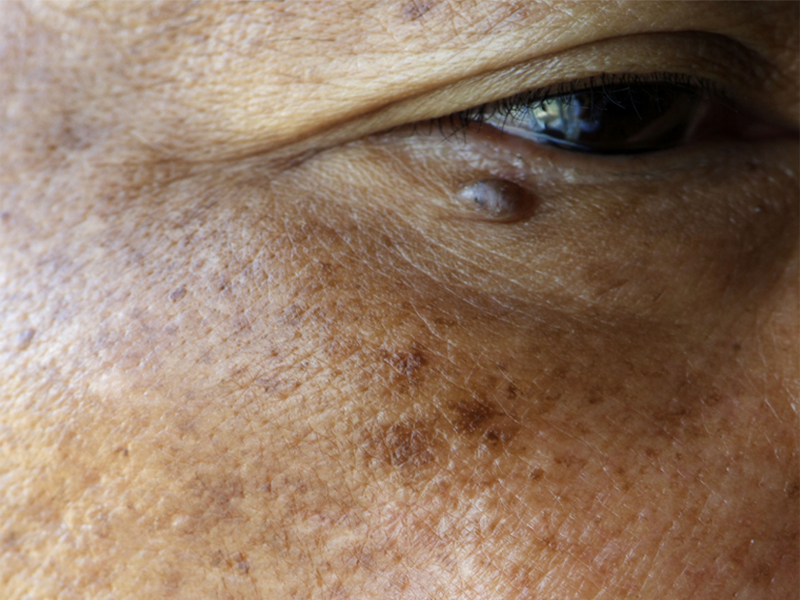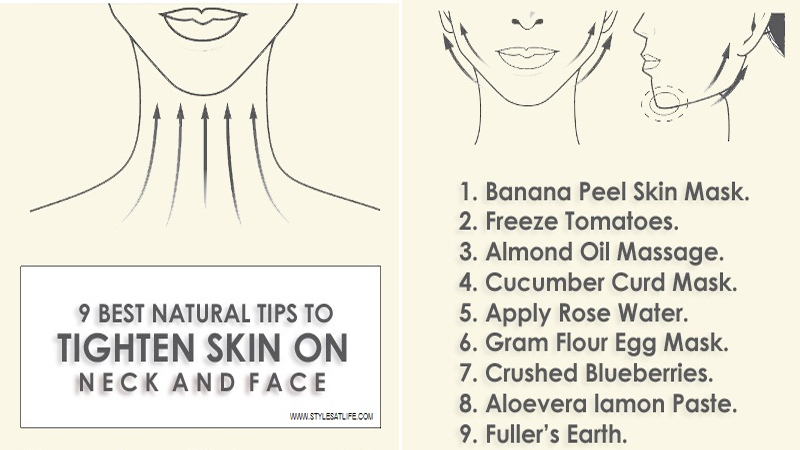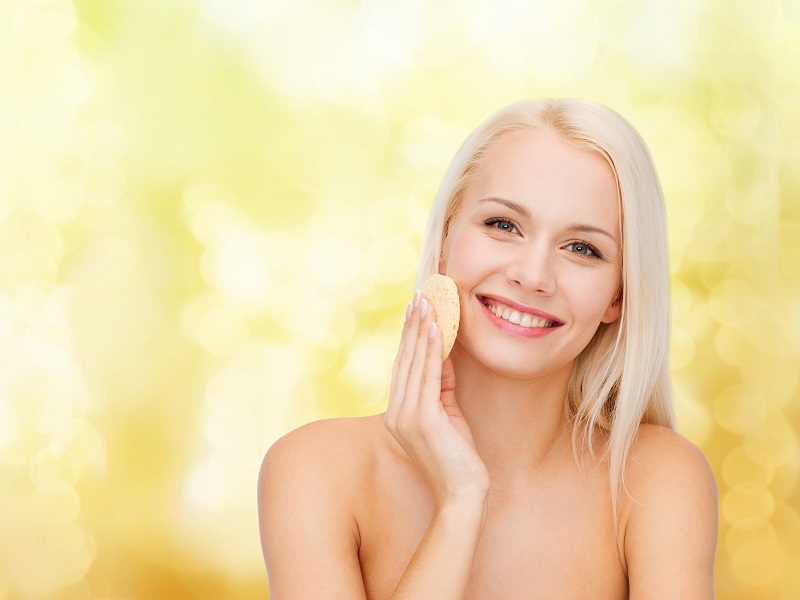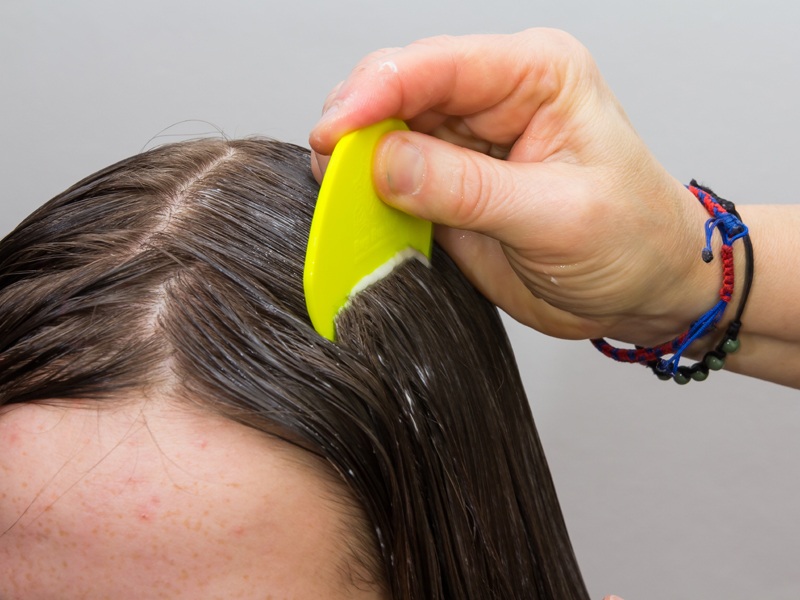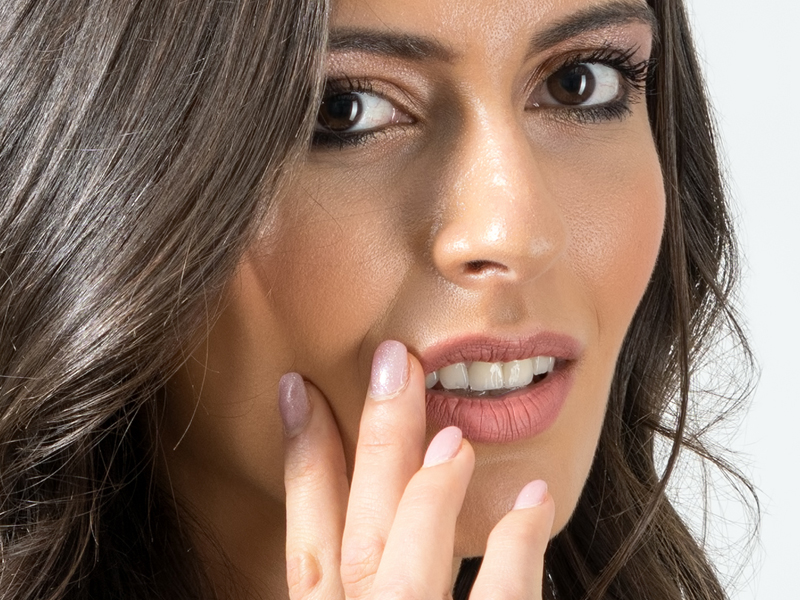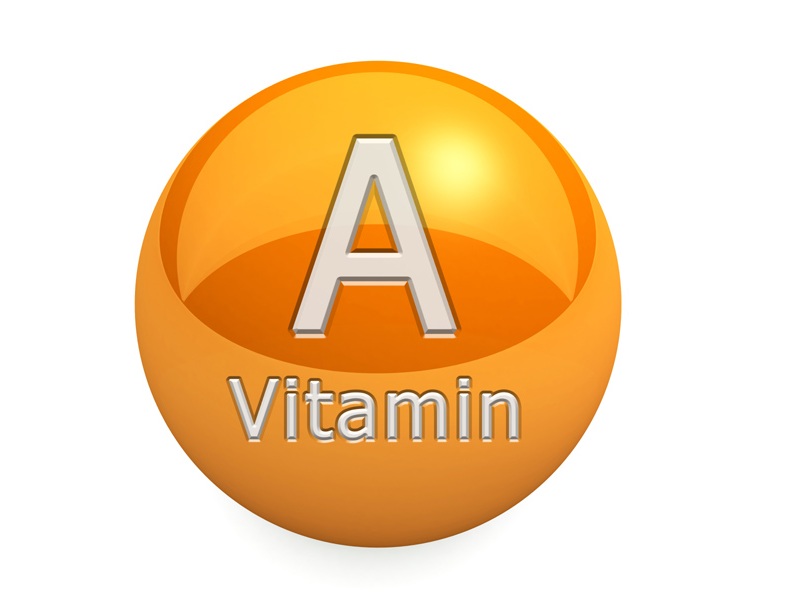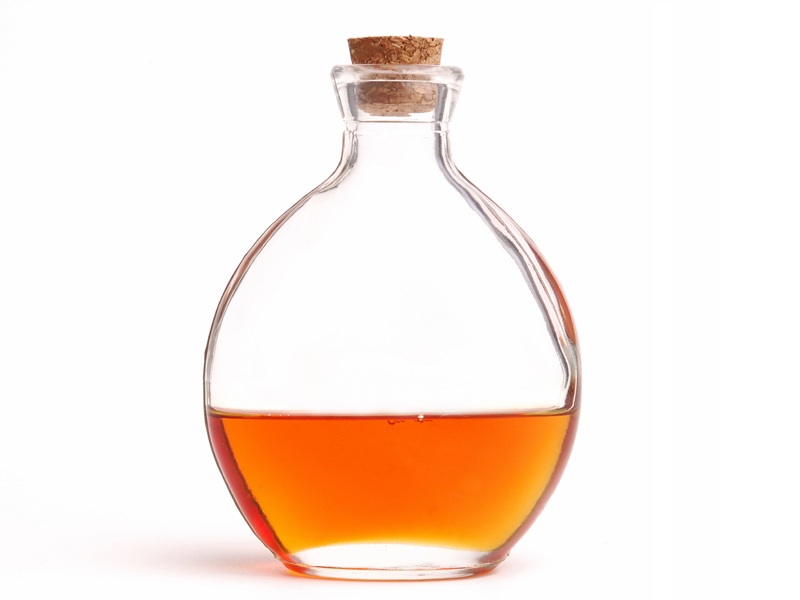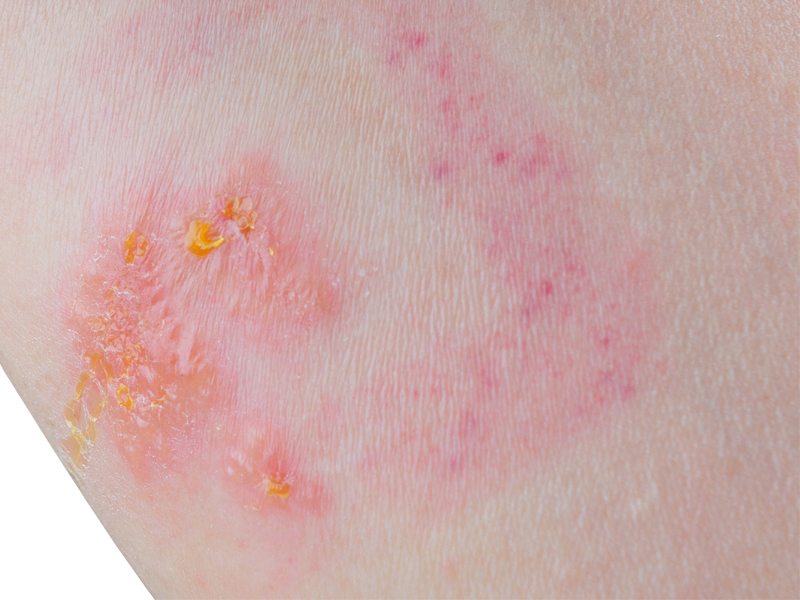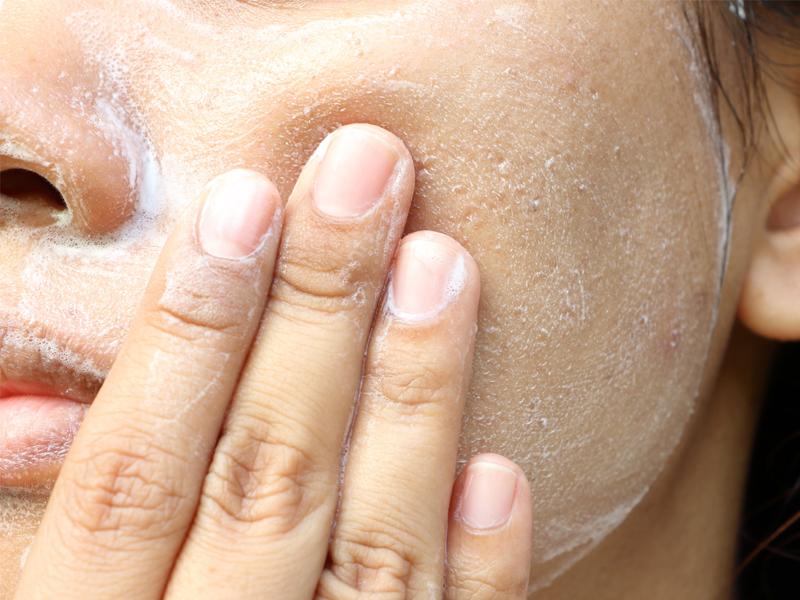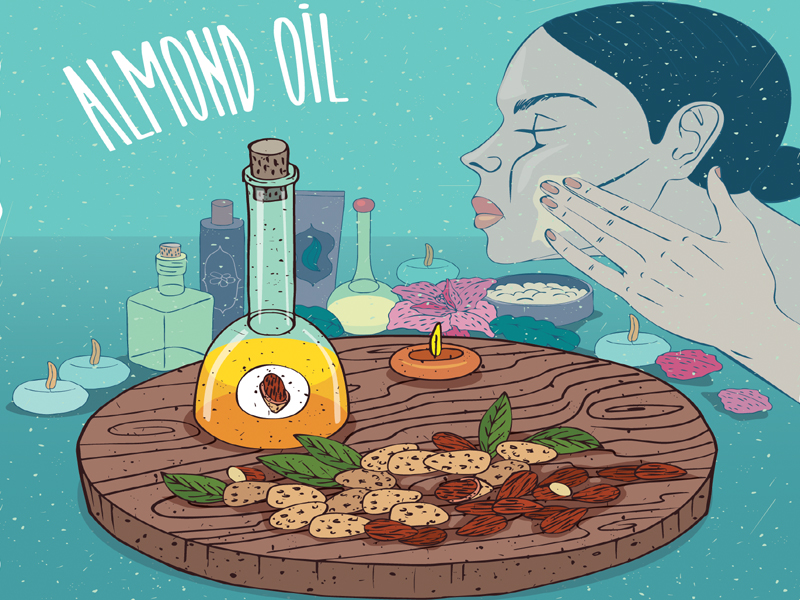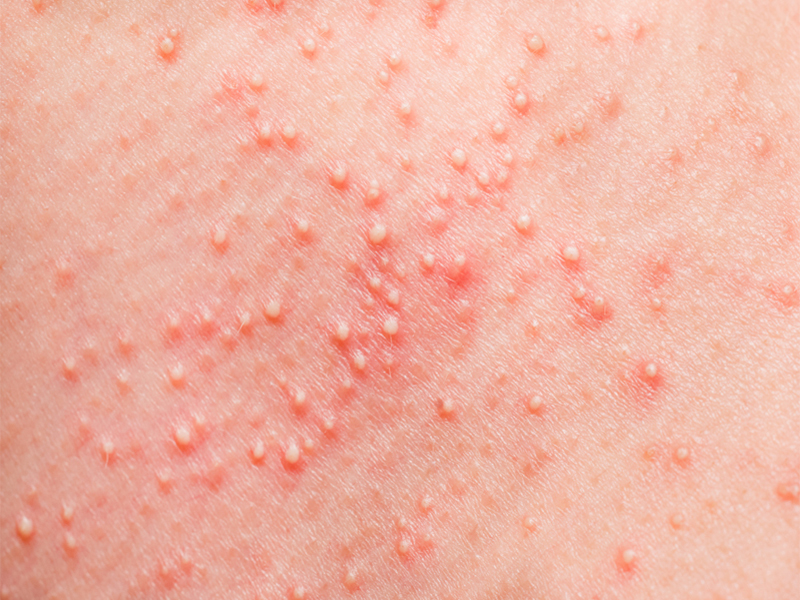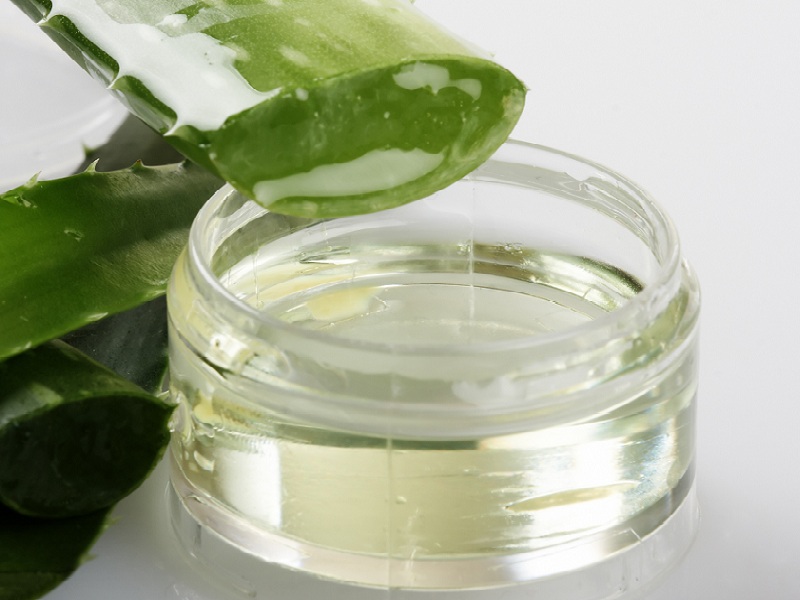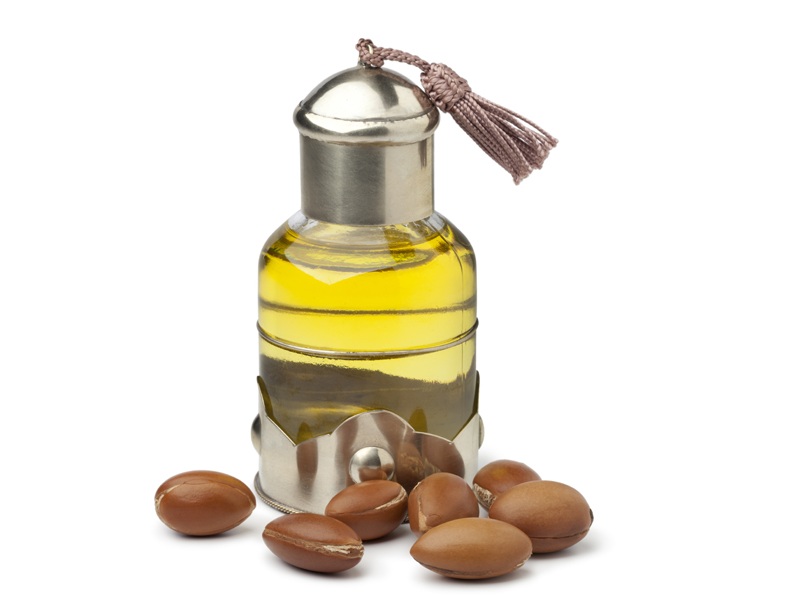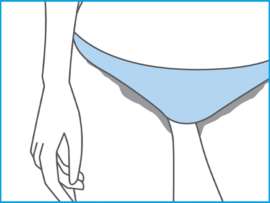Have you ever been bothered by skin pigmentation? Excess melanin production by your skin results in pigmentation. It can be a hassle if not managed properly, especially if the melanin production goes awry, causing uneven dark patches. This skin issue can be stubborn, also called hyperpigmentation, but fortunately, this issue can be dealt with.
Skin pigmentation is common, whether freckles, age spots, sun spots, or melasma. Scroll down to learn about hyperpigmentation and the different ways you can treat the condition.
Different Types of Hyperpigmentation:
Here are the different types of skin hyperpigmentation:
1. Melasma or Chloasma:
Like age spots, this type of hyperpigmentation is characterized by spots covering an extensive skin area. This pigmentation of the skin is due to hormonal changes. For instance, the hormones might trigger the overproduction of melanin and cause skin darkening during pregnancy.
2. Age Spots Or Solar Lentiginosis (Liver Spots):
Caused due to sun damage, these are the most common type of skin pigmentation, usually found in areas of skin exposed to the skin frequently.
3. Post-Inflammatory Hyperpigmentation (Pih):
Whether due to an injury, burns, acne, or aggressive chemical treatment, your skin develops marks or spots in this condition. Another name given to this condition is hypopigmentation.
4. Freckles (Ephelides):
Freckles appear as specks and tiny dots on the shoulder and face, usually caused by sun exposure.
Some of the other skin conditions are:
5. Albinism:
Albinism is a genetic disorder that results in little or no pigments in people’s bodies because people with this condition do not produce enough melanin.
6. Vitiligo:
The causes of vitiligo are still unknown, and it is an auto-immune condition. This condition can occur in all body parts because the melanin-producing cells stop working, resulting in light patches on your skin.
Symptoms and Causes:
The colour of our skin is determined by a pigment called melanin, and skin cells called melanocytes produce this pigment. Several conditions and factors alter our body’s melanin production. The production of excess melanin is one of the common causes of hyperpigmentation. Here are some of the causes and symptoms of skin pigmentation:
- Certain chemotherapy drugs might cause pigmentation.
- Melanin production is affected in some women during pregnancy.
- Addison’s disease is a rare endocrine disease that can produce hyperpigmentation in areas exposed to the sun.
- There is an increase in melanin because of excessive sun exposure.
- Dark patches anywhere on the body varying in size are the prominent hyperpigmentation symptoms.
Risk Factors?
Sun exposure and inflammation can increase melanin production, the most significant risk factor for general hyperpigmentation. Therefore, there is an increased risk of skin pigmentation with greater exposure to the sun. depending on the disorder type, other risk factors of hyperpigmentation include:
- As seen with melasma, oral contraceptive use, or pregnancy.
- Darker skin types are more prone to changes in pigmentation.
- Increase in sensitivity to the sunlight because of some drugs.
- Superficial burn injuries.
How to Treat Hyperpigmentation?
We have listed various solutions that help you deal with skin pigmentation. In addition, there is a list of home remedies, cosmetic procedures, or topical application creams. But remember that you need to be patient because home remedies tend to take some time to show results.
#Home Remedies:
1. Aloe Vera:
Aloe vera is a popular ingredient in many beauty products and is used in many home remedies. It has skin-lightening properties from its active ingredient called aloin, making it a perfect skin pigmentation treatment (1). In addition, honey helps eliminate dead skin cells with its exfoliating properties, revealing a brighter surface (2).
Ingredients:
- Two tbsp of fresh aloe vera gel.
- One tbsp of honey.
Procedure:
- Take a bowl and add the ingredients to it and mix them thoroughly.
- Let the mixture sit for about ten minutes.
- Gently apply the mixture to the affected areas until it dries.
- Use lukewarm water to wash your face.
2. Apple Cider Vinegar:
Apple cider vinegar offers various health benefits. For example, it contains polyphenolic compounds that help reduce hyperpigmentation and benefit the skin (3). Although there is no scientific proof that ACV is beneficial in managing pigmentation and other skin issues, there is a lot of anecdotal evidence.
Ingredients:
- One tbsp of apple cider vinegar.
- One tbsp of water.
- A cotton swab.
Procedure:
- Combine both ingredients in a bowl. Take both ingredients in equal parts.
- Use the cotton swab to apply the mixture to the affected area.
- Let it dry completely or for about three minutes.
- Use lukewarm water to wash your face.
- Use this remedy twice a day for good results.
3. Lemon:
Lemon works well as a natural hyperpigmentation treatment by acting as a potent bleaching agent with skin-lightening properties. This is why many skin-lightening formulations use lemon as the main ingredient (4). Since lemon juice can make your skin photosensitive, make sure to apply sunscreen after using this remedy.
Ingredients:
- 1 tbsp of lemon juice.
- One tbsp of water.
- One tbsp of organic honey.
Procedure:
- Combine all the ingredients in a bowl.
- Apply the mixture to the affected areas and let it remain for about 15 minutes.
- Use lukewarm water to wash your face.
Caution: Do a patch test on your arm before applying it to your face because lemon juice can irritate sensitive skin.
4. Red Onion:
Red onion works as a hyperpigmentation treatment and is often an ingredient in many skin-lightening creams. In addition, the skin of red onion contains Tyrosinase which has skin-whitening properties, according to a study (5).
Ingredients:
- One red onion.
Procedure:
- Slice the onion in half and rub it in the affected area.
- Let it remain on your face for about ten minutes.
- Use lukewarm water to wash your face.
- Use this remedy twice a day for good results.
5. Green Tea:
Pigmentation in our skin is because of an enzyme called Tyrosinase. Green tea extracts help eliminate pigmentation by inhibiting the tyrosinase enzyme (6). However, to establish its efficacy, there is a requirement for more studies.
Ingredients:
- Green tea bag.
- One cup of boiling water.
Procedure:
- Place the green tea bag in a cup of boiling water.
- Let it cool down.
- Gently rub the tea bag onto the affected areas.
- Use this remedy twice a day for effective results.
Read More: How to Exfoliate Your Skin
#Topical Application:
Dermatologists suggest pigmentation removal treatments with the help of chemical ingredients and topical medicines that will help lighten these spots.
1. Chemical peels:
Chemical peels help treat hyperpigmentation. The most effective and safe options for eliminating spots are glycolic peels. However, to treat hyperpigmentation effectively, even salicylic acid and lactic acid peels work well (7).
2. Hydroquinone (2%):
Hydroquinone is an effective treatment for reducing melasma hyperpigmentation and prevents discolouration from getting further (8). Doctors usually prescribe skin ointments containing 2% hydroquinone. But pregnant women shouldn’t use this medicine.
3. Kojic acid:
When melanin production causes pigmentation, the bleaching agent Kojic acid is an excellent solution that helps lighten dark spots and prevents further discolouration (9).
4. Dimethylmethoxy Chromanyl Palmitate:
This works as a pigmentation removal treatment by acting as a brightening agent. Therefore, it is a safe and effective option in pigmentation treatment (10).
5. Retinoic acid (Tretinoin):
There is a similarity in using both tretinoin creams and peels. They lighten the spots by dispersing the melanin pigments (11).
#Cosmetic Procedures:
Cosmetic procedures are yet another treatment for hyperpigmentation offered by dermatologists. You might need multiple sessions depending on the severity of your spots. Some of the standard cosmetic procedures for hyperpigmentation are:
1. Laser Treatment:
This procedure uses light beams to eliminate or peel the surface of your skin, hence the name. Ablative lasers might cause side effects and are a robust procedure. On the other hand, a non-ablative procedure tightens the skin by boosting collagen development. But before considering laser treatment, talk to your doctor to determine the type of treatment.
2. Microdermabrasion:
This procedure uses a device that exfoliates and suctions off the topmost layer of your skin. To get the desired results, you will need multiple sessions.
#Prevention Tips:
All the treatment options mentioned above can help treat skin pigmentation. But here are some tips you can follow to prevent the formation of pigmentation in the first place. They are:
- Irrespective of the season, always use sunscreen with the highest SPF to protect your skin from UVA and UVB rays. In addition, good sunscreen helps reduce the occurrence of hyperpigmentation, dark patches, age spots, and sunspots.
- Although it is impossible to avoid going out in the sun, it is better to stay in the shade, especially when the sun is the strongest.
- A proper skincare routine plays a vital role in determining the health of your skin. However, even a simple one is enough to help protect your skin from environmental factors and pollution.
- Inflamed skin leaves marks that can be tough to erase, making your skin look pigmented and dark, whether acne or dermatitis. Therefore, use skincare products that have anti-inflammatory effects.
- Consuming a balanced and healthy diet is essential to keep your body and skin healthy. Your body takes nutrients from a balanced diet, improving your body’s health.
- Start treating even a harmless pimple mark or acne spot, even if it is simple. And consult a doctor for treatment options without fail.
Overview:
It is impossible to get rid of hyperpigmentation overnight because most of us have it in some form or the other. Different treatment options for skin pigmentation mentioned in this article can be very effective. However consult a dermatologist to determine the skin condition and treatment method if you still don’t find positive results. Don’t forget to let us know if you found this article helpful!


